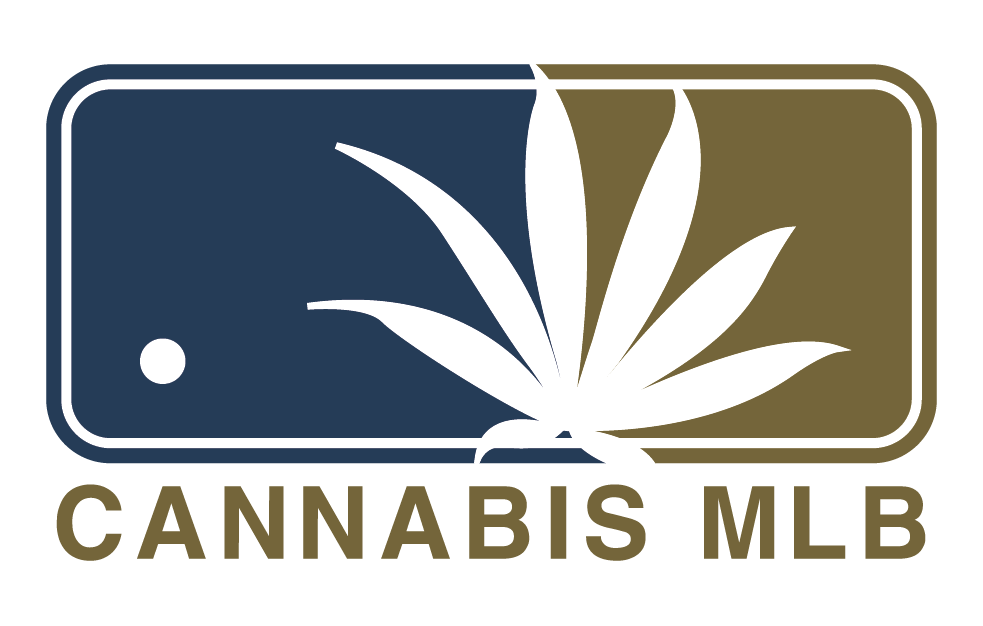Athletes’ bodies see a lot of stress—hard workouts, micro-tears, inflammation, and joint wear and tear. Many turn to CBD (cannabidiol) as a more natural adjunct to their recovery routines. Scientific literature suggests that topical CBD can reduce muscle pain and inflammation with minimal side effects. Below are solid, currently available products to consider.
1. Topical Creams & Balms (Localized Relief)
- Irwin Naturals CBD Balm
This balm delivers 1,000 mg of CBD per 2-oz jar with lemongrass and other botanicals. Useful for joints, sore muscles, and targeted areas. - Vital Body Therapeutics Hemp Sport Balm
A sports-specific balm with extra strength, ideal for post-training soreness or chronic joint stress. - Shikai Unscented Double Strength CBD Balm
A fragrance-free option with higher dosing per ounce—good for athletes who prefer minimal scent or additives. - Inflamade Deep Healing CBD Cream
This 1,000 mg cream is formulated for deeper penetration and longer relief, combining CBD with other anti-inflammatory actives. - WellCare Botanicals Full Spectrum Hemp Salve Stick
A portable salve stick format (900 mg) that makes applying CBD to tight areas or mobile use convenient.
2. Roll-Ons & Oils (Portable & Spot Treatment)
- Platinum‑Series Nano Hemp Roll‑On
This roll-on uses nano-emulsified hemp extract for quicker absorption—ideal for knees, ankles, or mid-match use. - Papa & Barkley Releaf Body Oil
A full-spectrum oil that can serve as both massage oil and a recovery tool for larger muscle groups. - Purity Hemp Relief Aromatherapy Roll‑On
Contains 100 mg CBD with essential oils—great for warm-cold sensation on small joints or trigger areas.
3. Oral/Systemic CBD (Whole-Body Recovery Support)
- Charlotte’s Web Full‑Spectrum Oil
A well-known tincture brand. Oils like this can help with overall inflammation, sleep, and even stress recovery.
Tips for Athletes Using CBD for Pain
- Choose THC-Free or Very Low THC
Many sports leagues or anti-doping bodies restrict THC. Broad-spectrum or isolate CBD products are safer in this regard. - Start with Low Dose, Increase Gradually
Begin with low topical or oral doses and monitor how your body reacts. - Use with Other Recovery Tools
CBD works best when paired with rest, nutrition, stretching, and cryotherapy. Past user and medical observations suggest combining treatments yields better outcomes. - Be Wary of Label Accuracy
The CBD market is still under-regulated. Only use products that provide third-party lab results (COAs). - Patch Test on Skin First
Apply a small amount and wait 24 hours to check for irritation, especially if you have sensitive skin.
Recovery Recap
CBD is not a miracle cure, but it is gaining acceptance as a helpful tool in athlete recovery. Topical products can address localized pain, while oils and tinctures support systemic inflammation and stress. The examples listed above reflect contemporary, widely available formulations suited for athletes. Use them intelligently, combine them with other therapies, and always check guidelines for your sport. With consistency and care, CBD can help you train harder, recover faster, and stay in the game longer.
Blog Read: Why More Athletes Are Choosing CBD Creams Over Ice Baths

